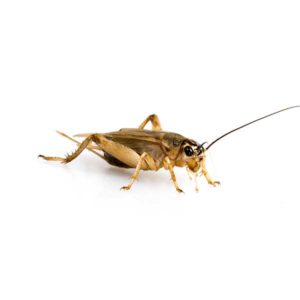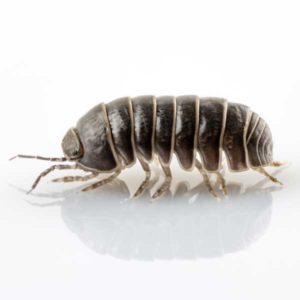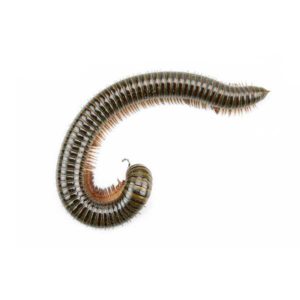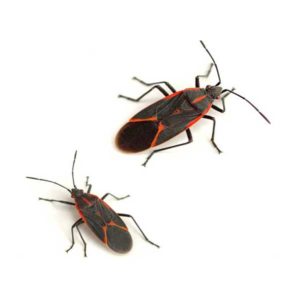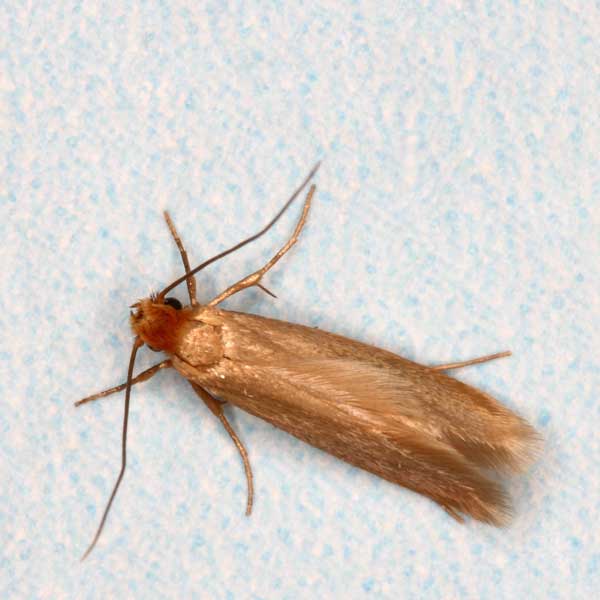
Clothes Moths in Atlanta, GA
Clothes moths possess a unique ability to digest keratin, a fibrous protein present in animal hide, hair, feathers, and horns. In North America, two distinct types of clothes moths exist: the webbing clothes moth and the casemaking clothes moth. The larval stage of these moths is the destructive phase, and both species exclusively consume animal fibers, such as wool, fur, silk, feathers, felt, and leather. Infestations of clothes moths can silently escalate within homes, leading to substantial damage to clothing and ornamental items that may prove irreversible.
Clothes Moth Habitat
Clothes moths, unlike many other types of moths, are rarely seen due to their aversion to light. They gravitate towards dark and secluded spaces, such as closets, basements, and attics. Indoors, the larvae of clothes moths are commonly found on woolen garments, carpets, upholstered furniture, and remnants of old wool rugs in the attic. Moth infestations can be caused by accumulated lint from wool rugs, as well as pet hair in the crevices of baseboards and flooring. A preferred location for laying eggs is the carpet beneath the rear legs of a sofa, a seldom-reached area for vacuum cleaners. While adult moths do not consume fabric, their presence signals the imminent laying of eggs, leading to the emergence of fabric-eating larvae.
Clothes Moth Behaviors, Threats, or Dangers
Clothes moths damage various items, including sweaters, scarves, coats, shirts, blankets, rugs, carpets, down pillows, comforters, upholstery, toys, decorative items, and taxidermy mounts. The larvae exhibit a preference for feeding in dim, undisturbed spaces such as closets, chests, and boxes where woolens and furs are stored for extended periods. Articles in regular use, such as clothing and blankets, are rarely infested, as are rugs subject to normal foot traffic or regular vacuuming. Areas more susceptible to attack include the edges and undersides of rugs or sections beneath furniture. If you suspect a clothes moth infestation, it is highly recommended to seek the assistance of the experts at Inspect-All Pest Services.

